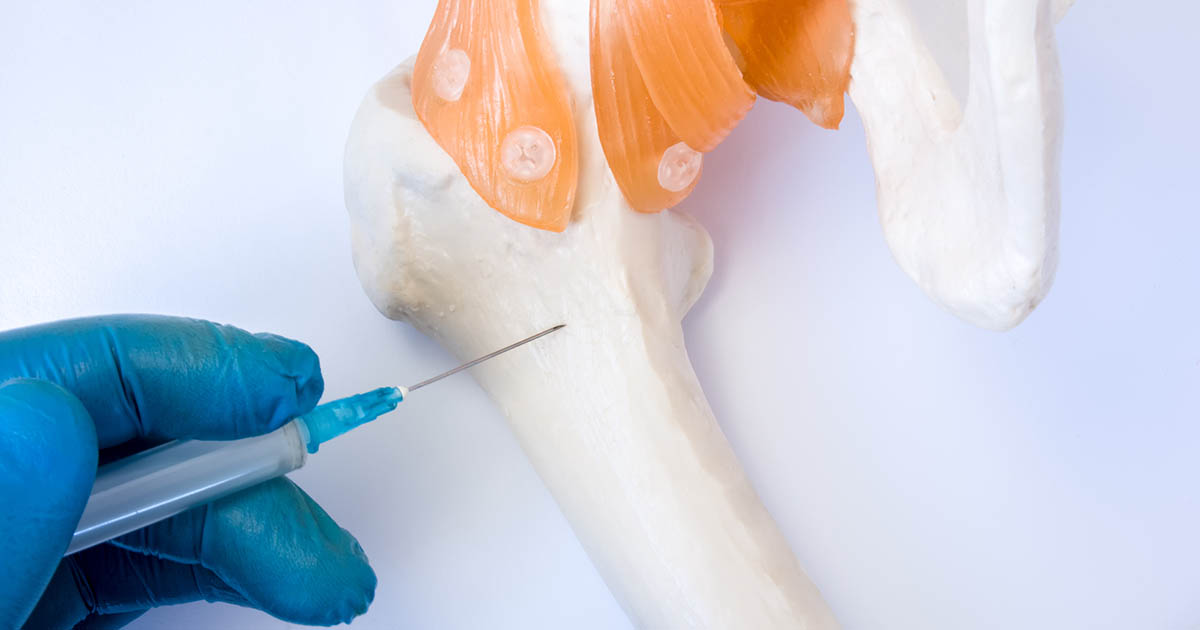What Causes Fat Embolism Syndrome?
Bone Marrow Transplant

Fat embolism syndrome may develop after an individual undergoes a bone marrow transplant or harvest. An individual who is having bone marrow harvested from their body undergoes a procedure where a large needle is used to puncture through the skin, connective tissues, and into the intramedullary cavity of their pelvic bone to extract large amounts of bone marrow. Fat cells in the bone marrow have a dynamic prothrombotic and proinflammatory aptitude. The trauma that occurs during the harvesting of bone marrow from multiple penetrations of the bone into the intramedullary cavity allow some of these cells to gain access to the sinusoids or veins in bone marrow and other organs that allow easy penetration of small particles.
As these fat cells move through venous circulation, they promote the rapid clumping of platelets and expedited production of fibrin in the blood. From there the fat emboli can enter the patient's lungs and cause symptoms of fat embolism syndrome associated with pulmonary capillary obstruction. Characteristic dermatologic and neurological symptoms of fat embolism syndrome are produced by these fat emboli when they reach arterial circulation through the pulmonary capillary bed or a patent foramen. Macrovascular obstruction by the fat emboli can produce fat embolism syndrome manifestations associated with ischemic shock.
Read more about the different causes of fat embolism syndrome now.